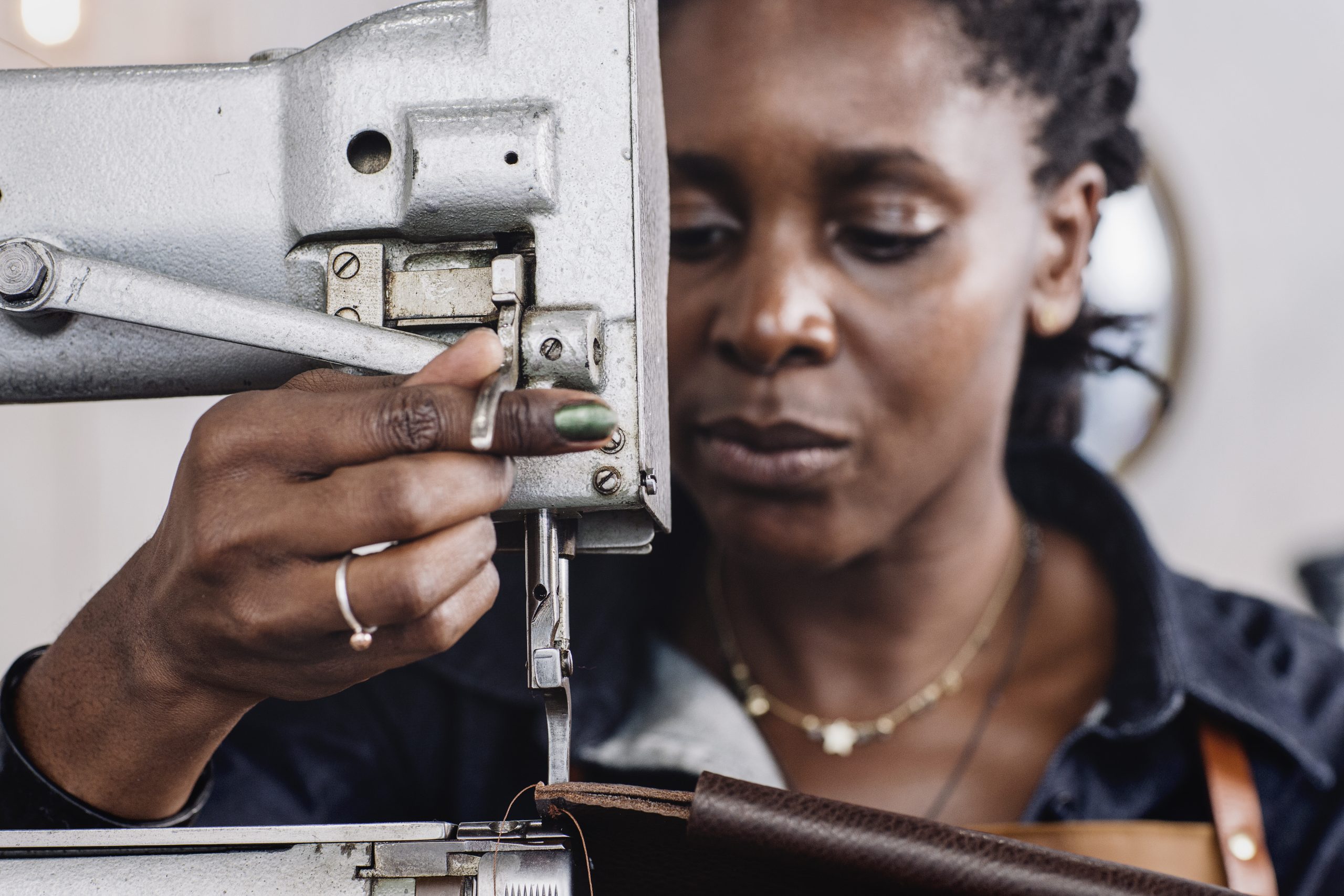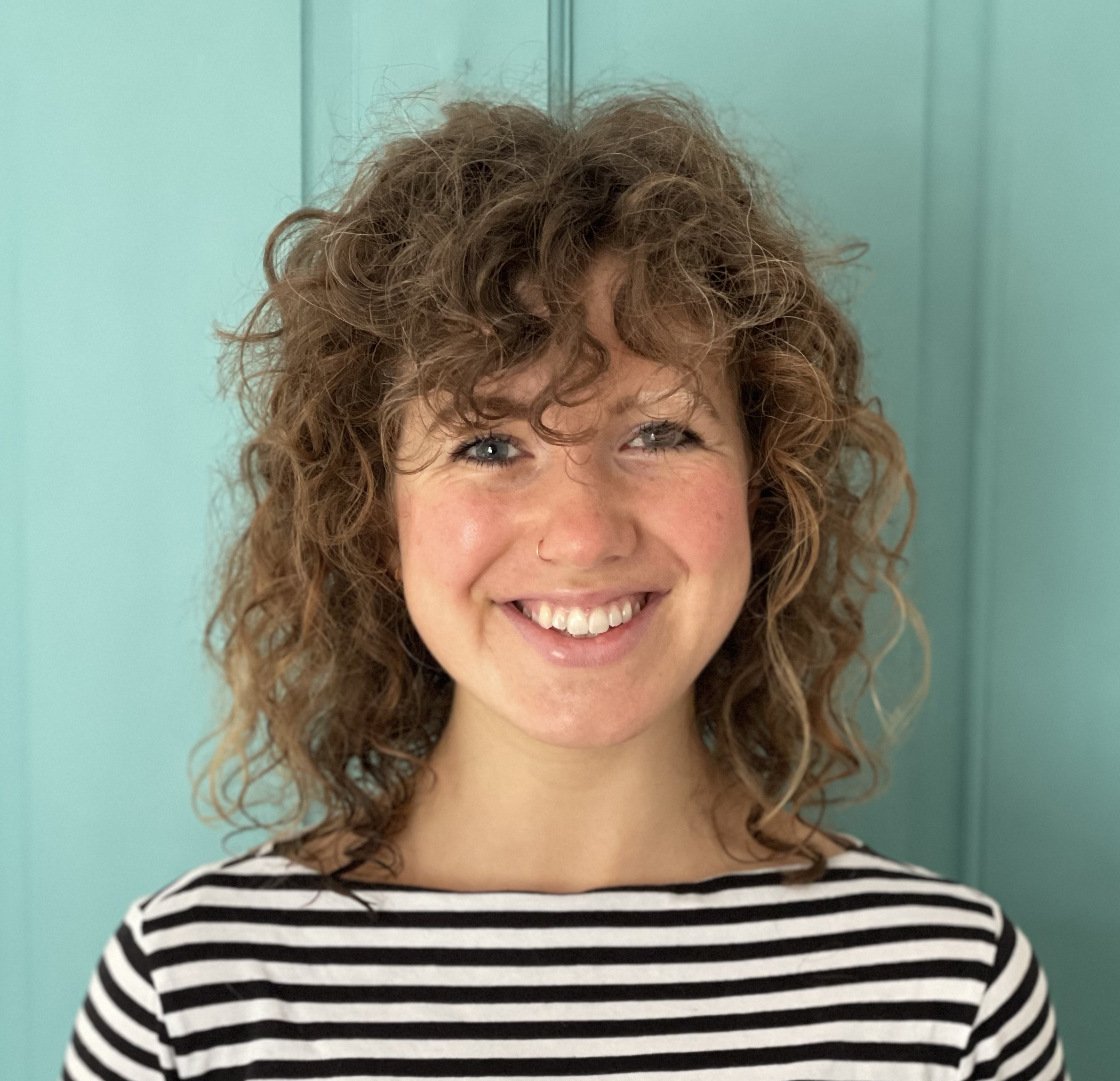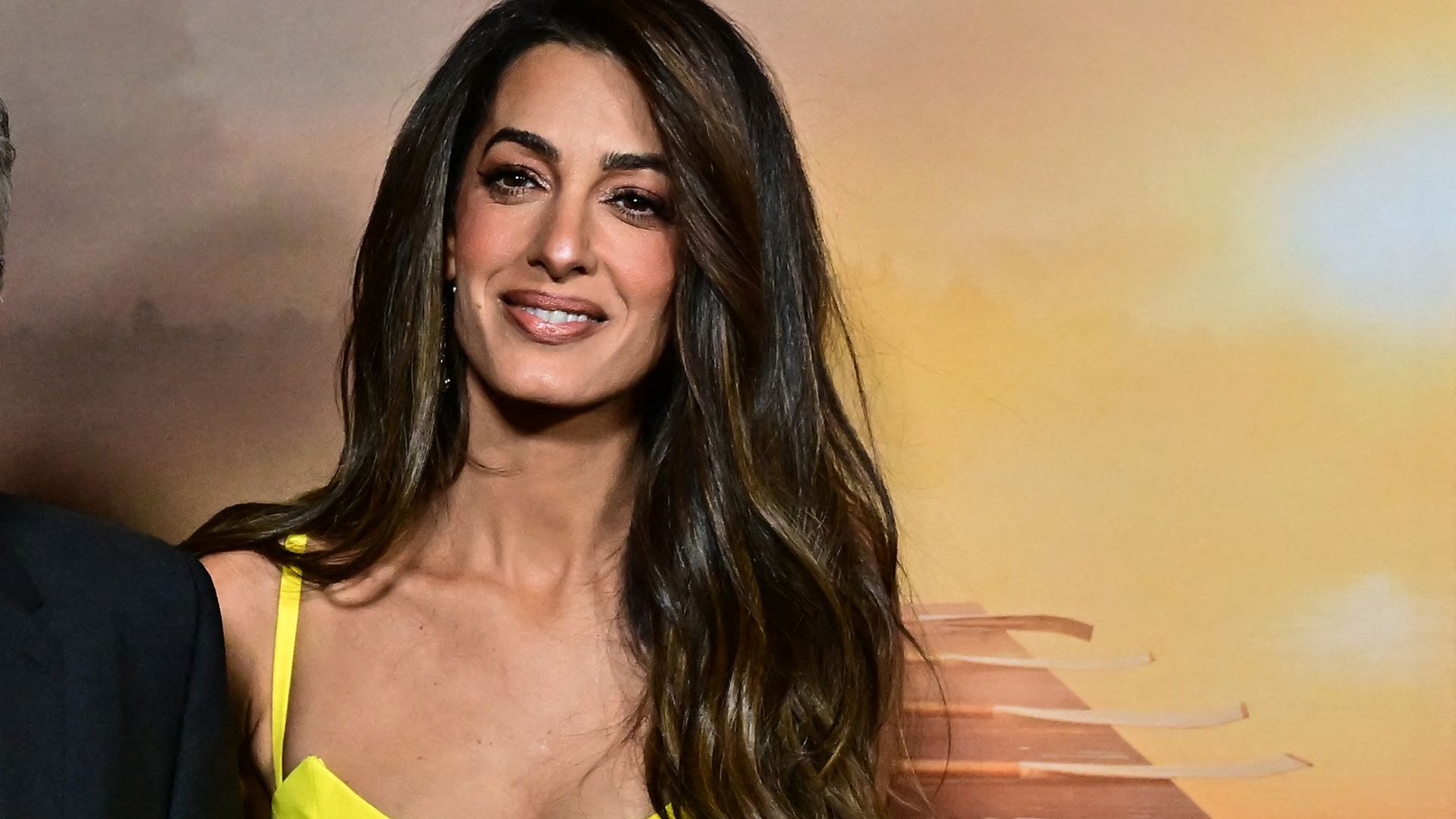How to use a sewing machine - these basic steps will have you creating quickly


Ready, steady, sew! Easier said than done if you’re trying to get to grips with a new sewing machine. Well, look no further – our in-depth guide to getting to know your sewing machine will have you stitching in no time, whether you’ve invested in one of thebest sewing machineson sale at the moment or are starting out with a hand-me-down.
Start by inspecting your sewing machine parts and their functions
It’s important to find out what every bit of your machine does, from the basic switches to the more technical tension settings. Once you have a general understanding about what the buttons and wheels are for, it’ll be much easier to grasp how they work together to form stitches. You should be looking for:
- Spool pin: This is the horizontal or upright pin positioned on top of the machine towards the back. Place your spool of thread on the pin and, if provided with your sewing machine, top with the plastic disc to hold the thread in place.
- Bobbin winder: The mini-pin positioned in front of the spool pin. The bobbin can be wound with thread when placed on the bobbin winder.
- Bobbin: A mini spool that sits within the machine below the needle. Once loaded into the bobbin casing, the bobbin threads and top threads come together to form the stitches.
- Presser foot: Positioned underneath the needle, the presser foot can move up and down via a lever at the back of the machine. In the upward position, the fabric can be placed underneath. Once moved into the downward position, it will hold the fabric in place. The presser foot can be replaced with specialist feet to suit what you’re sewing, like a zipper or piping feet.
- Needle: Through which the thread from the spool pin is guided. The needle moves up and down, piercing the fabric beneath to form the stitches. Again, needles can easily be replaced to suit the fabric you’re stitching.
- Needle plate: This is the metal plate underneath the needle; it often has helpful seam-allowance guides to keep your seams consistent.
- Feed dogs: Positioned directly beneath the needle, the feed dogs work in time with the needle to pull the fabric through the sewing machine. Some machines have the option to drop the feed dogs, which allows for free-motion stitching.
- Balance wheel: Normally located on the right side of the sewing machine, the wheel should only be rotated towards you. The function of the wheel is to lower and raise the needle and comes in handy when stitching curves or corners.
- Stitch selector: Most mechanical machines have wheels to select the stitch type, whereas electronic and computerised machines will have a numbered catalogue of stitches to select from. For most projects, a straight stitch or zigzag stitch will suffice, but some machines boast over a hundred options.
- Stitch width and stitch length: Depending on which stitch you’ve chosen, you’ll need to adjust the stitch length and/or width to suit your needs. For example, a long length on a straight stitch is really useful when tacking fabrics together. The stitch width and length is usually changed by a wheel on mechanical machines but can be done in a similar fashion to the stitch selection on digital models.
- Tension control: This tends to be a numbered dial, changing how tight or lose the stitches are. Follow your manual’s advice on what setting this should be on. The general rule is that if the tension is too tight, the needle will pull to the left; too loose, and the thread will loop on the reverse of the stitches.
- Reverse stitch lever or button: Use this button or lever to start and finish off a line of stitching. When pressed, it will stitch back over the previous stitches to stop them unravelling. Simply trim off the thread ends rather than tying off.
- Thread ripper: At the left side of the machine, there will be a small thread ripper that’s really useful for sewing at speed. Simply pull your sewn work away from the machine and catch the threads in the ripper to snip them.
- Foot pedal: To start stitching, apply pressure to the foot pedal. A small amount of pressure results in a slow sewing speed. The more you put your foot down, the quicker the sewing machine will stitch.
How to use a sewing machine
Now you know your way around your sewing machine and have found the key components, you’re ready to start stitching. Once you have got your head aroundhow to thread a sewing machine, grab a couple of small squares of fabric to test on first. Layer up the pieces so you have two stacked on top of each other with right sides together and straight edges aligned. Sew along one edge to start with using the instructions below.
Step 1
First, you’ll need to follow our step-by-step instructions to learn how to thread a sewing machine and how to wind a bobbin.
Sign up for the woman&home newsletter
Sign up to our free daily email for the latest royal and entertainment news, interesting opinion, expert advice on styling and beauty trends, and no-nonsense guides to the health and wellness questions you want answered.
Step 2
With the presser foot raised, place your fabric underneath following the seam-allowance guides on the needle plate to help you.
Step 3
Lower the needle through the fabric using the balance wheel. Apply pressure to the foot pedal to start stitching.To secure your stitches, sew for about 1.5cm, before pressing the reverse stitch lever or button to work about 1.5cm of stitches in the opposite direction. Release the reverse stitch lever and carry on stitching.
Step 4
When approaching corners or tight curves, remove your foot from the pedal to stop stitching. Turn the balance wheel so the needle is in the downward position, lift the presser foot and rotate the fabric around. The needle should hold the fabric in place. Lower the presser foot and continue stitching.
Step 5
Finish the line of stitching with another 1.5cm of reverse stitches to secure the ends. Lift the needle using the balance wheel and then the presser foot. Remove the fabric from the machine and catch the threads in the thread ripper. With a pair of sharp scissors, snip away the thread ends as close to the stitches as possible.
If this is your first time sewing, start with a couple of quick and simple projects to get you going before moving on to garments and complex patterns.

Group Homes Director and in-house craft expert, Esme Clemo has over 10 years’ experience working in the magazine industry as a homes journalist. Having completed an interior design course with the University of Arts London, she’s now embarking on her second home renovation, DIYing her way through building and decor projects - meaning she has a very hands-on approach when it comes to testing out products for our reviews.
-
 Unforgettable date ideas to make a great first impression or rekindle romance
Unforgettable date ideas to make a great first impression or rekindle romanceForget the same old first date formula - these unforgettable date ideas will leave them thinking about you long after you go home
By Natalie Denton Published
-
 Butter yellow might be the colour of the season, but Amal Clooney is making me want to try sunshine shades
Butter yellow might be the colour of the season, but Amal Clooney is making me want to try sunshine shadesSpark some joy by adding some statement yellow pieces to your wardrobe just in time for summer
By Matilda Stanley Published